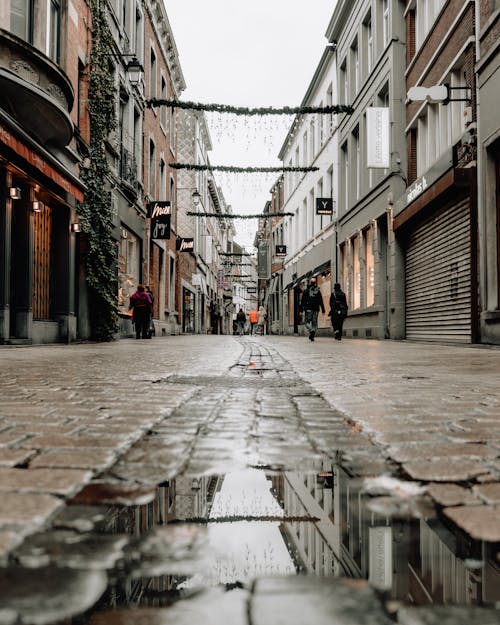Framing Streets - An Overview
About Framing Streets
Table of ContentsThe Single Strategy To Use For Framing StreetsFraming Streets for BeginnersThe smart Trick of Framing Streets That Nobody is DiscussingNot known Details About Framing Streets A Biased View of Framing StreetsThe Only Guide to Framing Streets
Digital photography category "Crufts Canine Show 1968" by Tony Ray-Jones Street digital photography (additionally occasionally called honest photography) is photography performed for art or inquiry that includes unmediated opportunity encounters and arbitrary occurrences within public locations, typically with the aim of capturing photos at a decisive or emotional minute by careful framing and timing. 
, that was influenced to embark on a comparable documentation of New York City. As the city created, Atget aided to advertise Parisian roads as a deserving subject for digital photography.

Framing Streets for Beginners
Martin straight from the source is the very first taped professional photographer to do so in London with a masked cam. Mass-Observation was a social research organisation started in 1937 which aimed to tape-record day-to-day life in Britain and to tape-record the responses of the 'man-in-the-street' to King Edward VIII's abdication in 1936 to wed separation Wallis Simpson, and the sequence of George VI. The chief Mass-Observationists were anthropologist Tom Harrisson in Bolton and poet Charles Madge in London, and their first report was generated as the publication "May the Twelfth: Mass-Observation Day-Surveys 1937 by over 2 hundred observers" [] Window cleaner at Kottbusser Tor, Berlin, by Elsa Thiemann c. 1946 The post-war French Humanist School photographers discovered their topics on the road or in the bistro. Andre Kertesz.'s commonly appreciated Images la Sauvette (1952) (the English-language edition was titled The Decisive Moment) advertised the concept of taking a photo at what he called the "definitive moment"; "when kind and material, vision and structure combined right into a transcendent whole" - Best Zoom Lens.
Framing Streets Can Be Fun For Anyone
, after that a teacher of young youngsters, linked with Evans in 193839.'s 1958 publication,, was substantial; raw and often out of emphasis, Frank's pictures examined traditional digital photography of the time, "tested all the formal guidelines laid down by Henri Cartier-Bresson and Walker Evans" and "flew in the face of the wholesome pictorialism and sincere photojournalism of American publications like LIFE and Time".